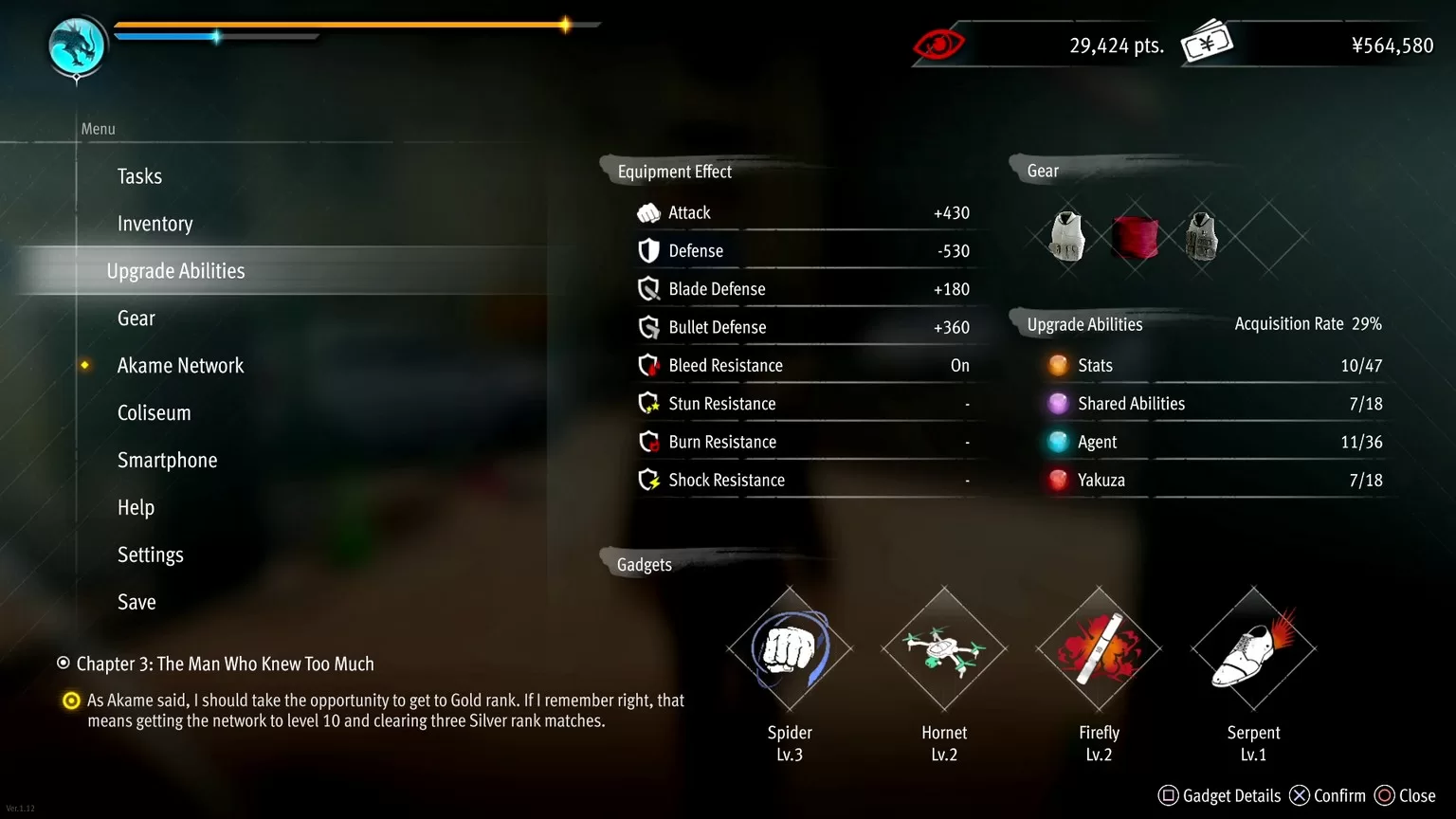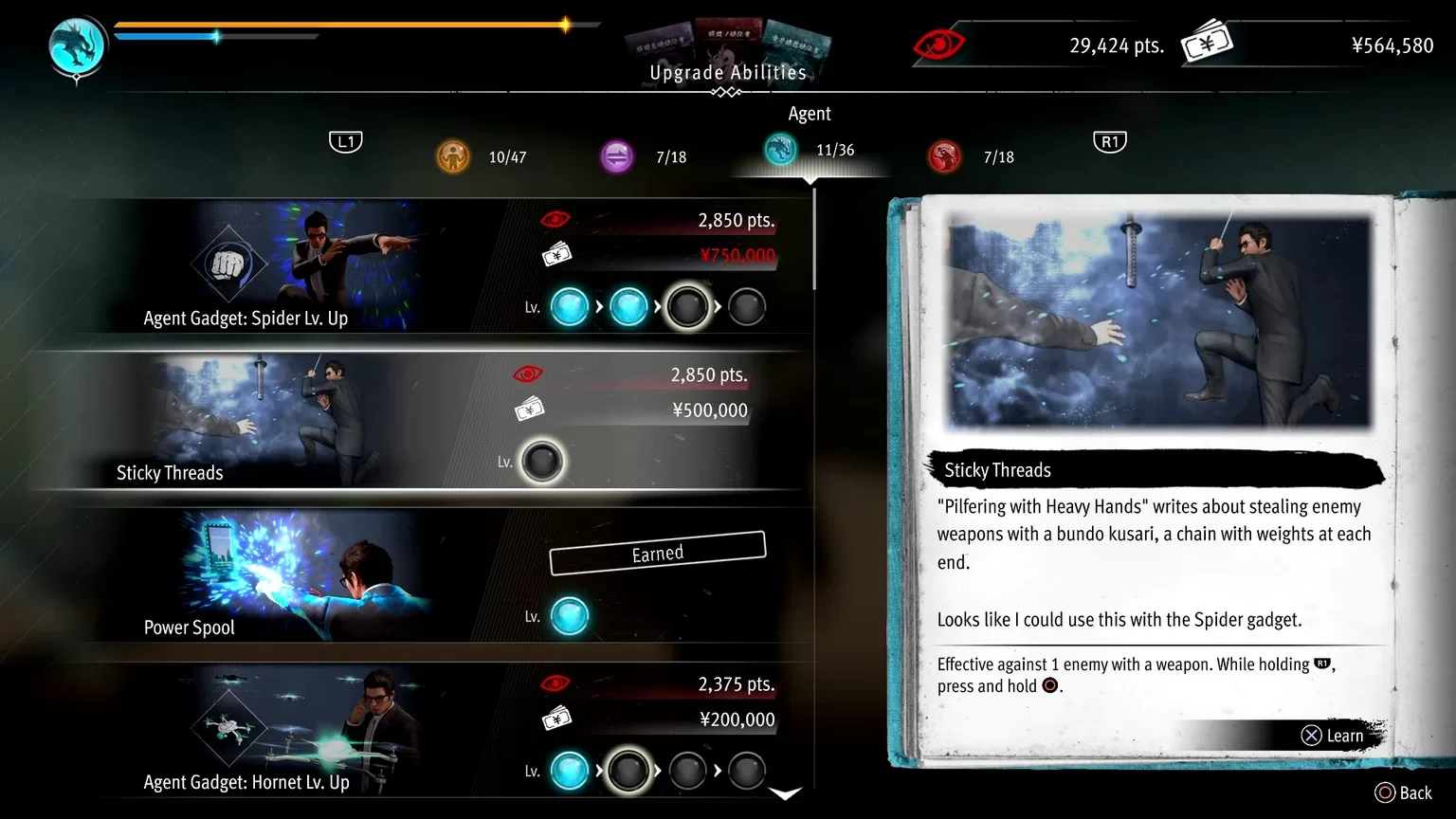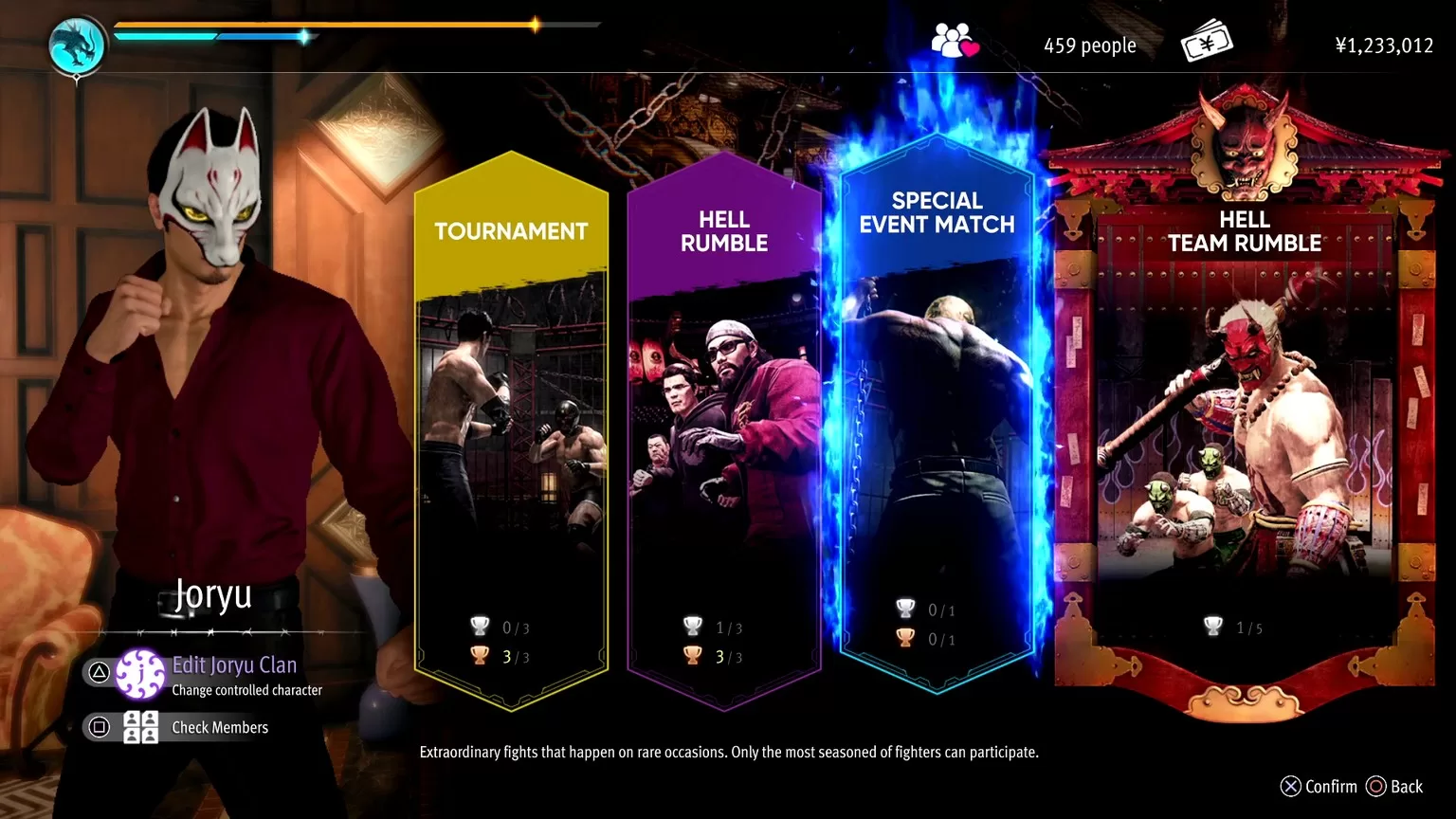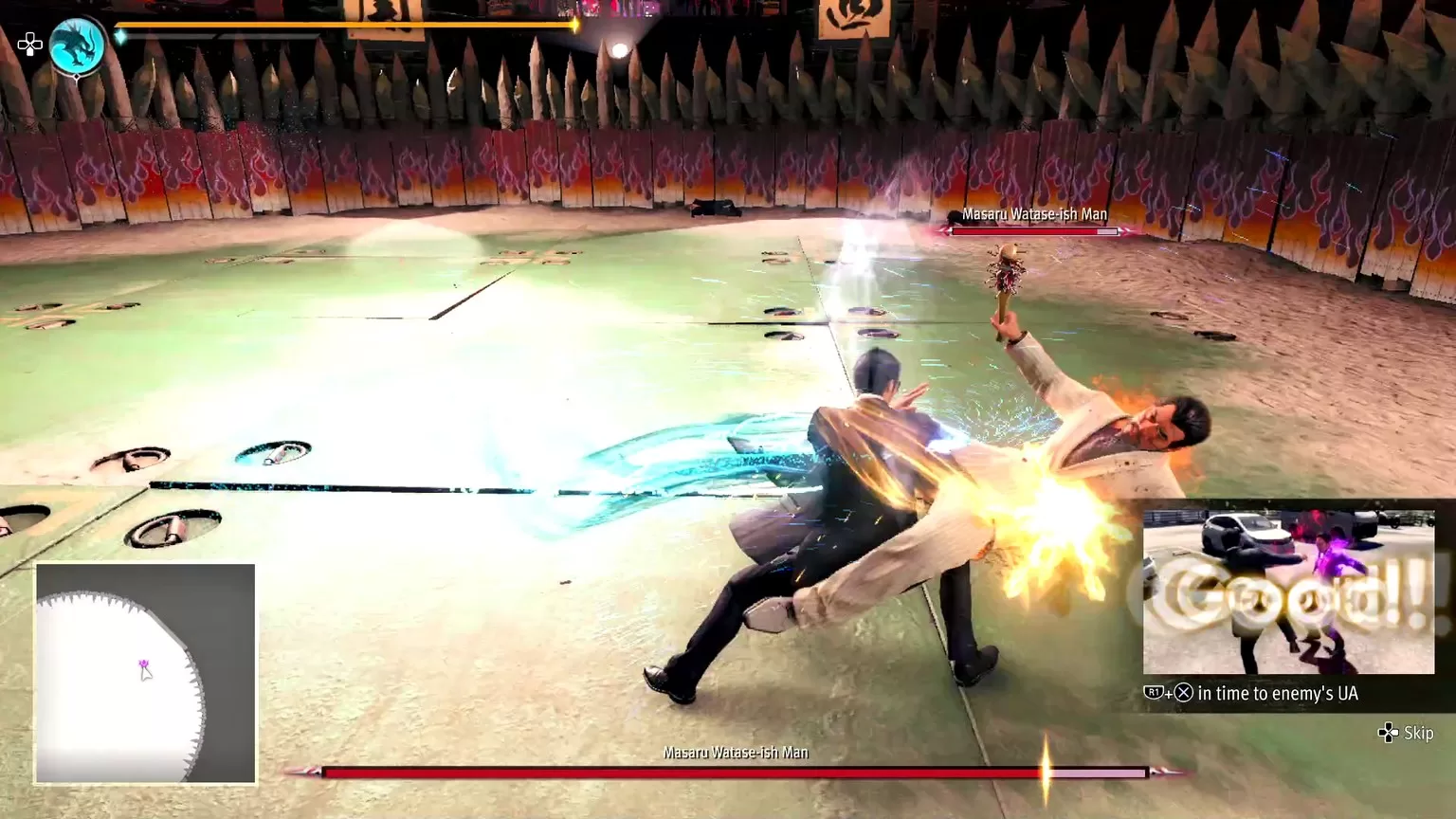RGG Studio and SEGA bring us their latest release in the Yakuza franchise, Like A Dragon Gaiden: The Man Who Erased His Name, and it features super-agent gameplay, numerous sidequests, and a heart-wrenching story.
While the game was initially planned as a DLC, it became a full-fledged game with approximately more than 20 hours of rigorous gameplay (less if you played it in Beginner mode). Certainly, it might be shorter than other Yakuza mainline titles, however, it does make up for it with the hefty amount of sidequests. Like A Dragon Gaiden: The Man Who Erased His Name is a must-play for old and returning fans in the franchise who are following the story timeline.
This game can be a tad bit confusing for new fans due to the wide scope of the story that intersects Yakuza 6: Song of Life, Yakuza: Like A Dragon (7th), and Like A Dragon: Infinite Wealth (8th). Nonetheless, it can be a good taste of gameplay experience to get into the series. Especially since the eighth installment is highly anticipated in its release in 2024.
(This review article contains story spoilers from previous Yakuza titles)
The Melancholy of Joryu
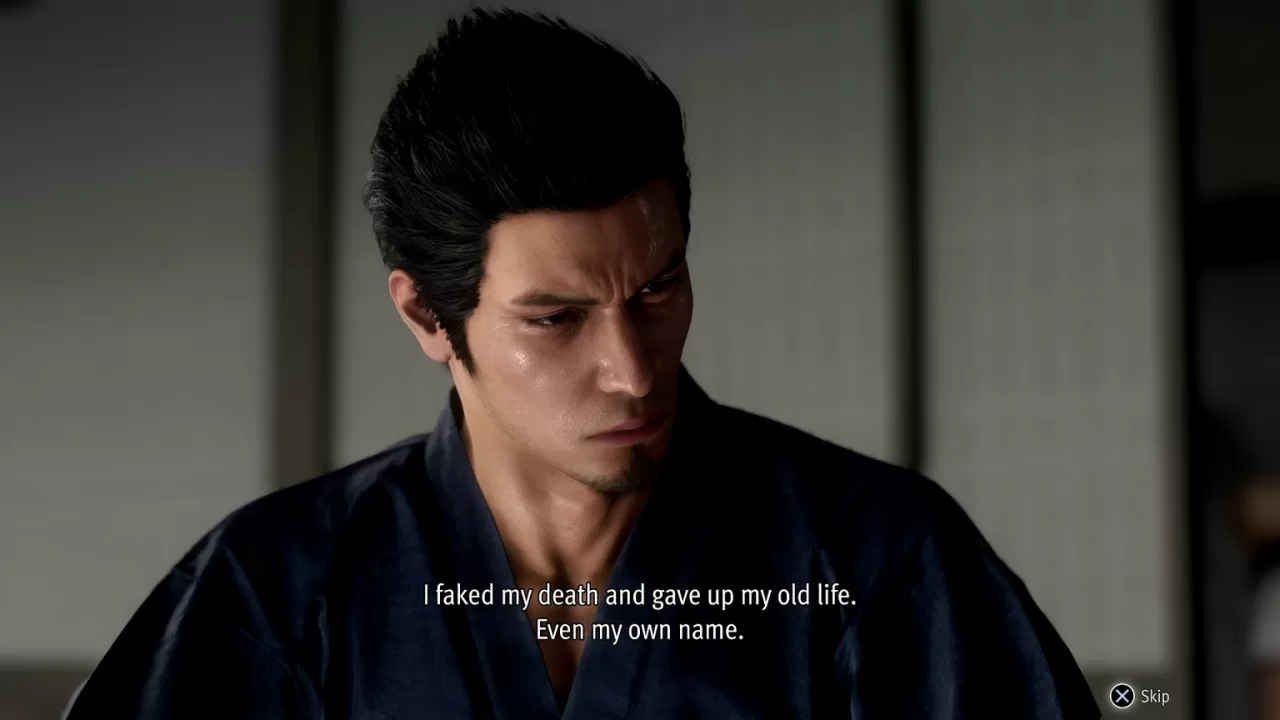
The plot of Like a Dragon Gaiden centers on our iconic protagonist Kiryu Kazuma after he faked his death for the safety of the orphans he had been taking care of. Under the watchful eye of the secretive Daidoji political organization, Kiryu takes upon a new identity of “Joryu”, and becomes one of their agents.
However, Joryu’s life is not without strife–despite his new identity and hidden existence. One of his missions goes grim, which causes a domino effect to more unfortunate events. Joryu then finds himself back in another yakuza-related conflict, which further risks his cover and the lives of his beloved orphans. He has to juggle difficult decisions concerning his integrity to the Daidoji faction while maintaining his morals and ensuring that the orphans remain free from harm.
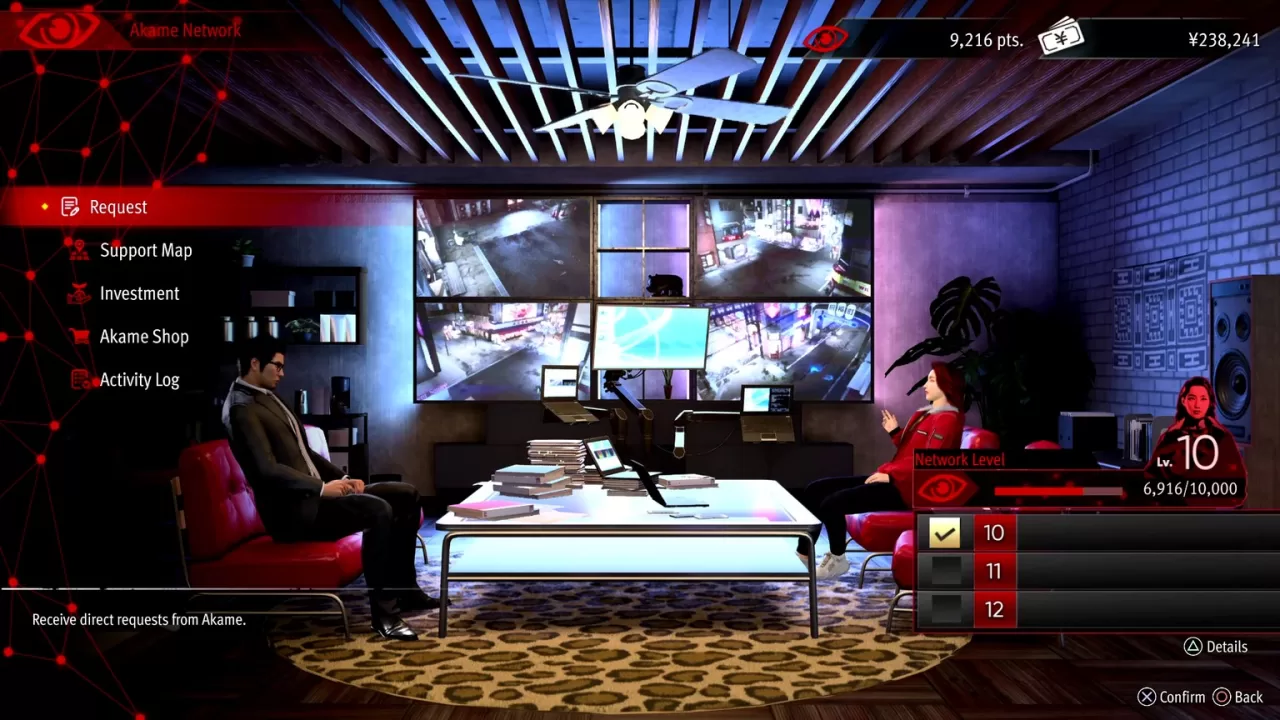
Joryu’s leads take him into Sotenbori where he searches for a person called Akame. Akame is a jack-of-all-trades information broker that helps Joryu in return for finishing requests and tasks throughout the city—expanding her so-called “Akame Network”. I’d say most of the gameplay is spent around accomplishing Akame’s various requests; since the sidequests are done through her and the story will not progress without talking to her most of the time.
The plot may seem pretty straightforward, however, like all the other titles in the series, surprising twists and revelations are still rife in this game. Certain scenarios will leave you raising your eyebrows at the realization that there is something more astounding, if not deeply harrowing, underneath everything that has happened.
Super Spy Gameplay and More
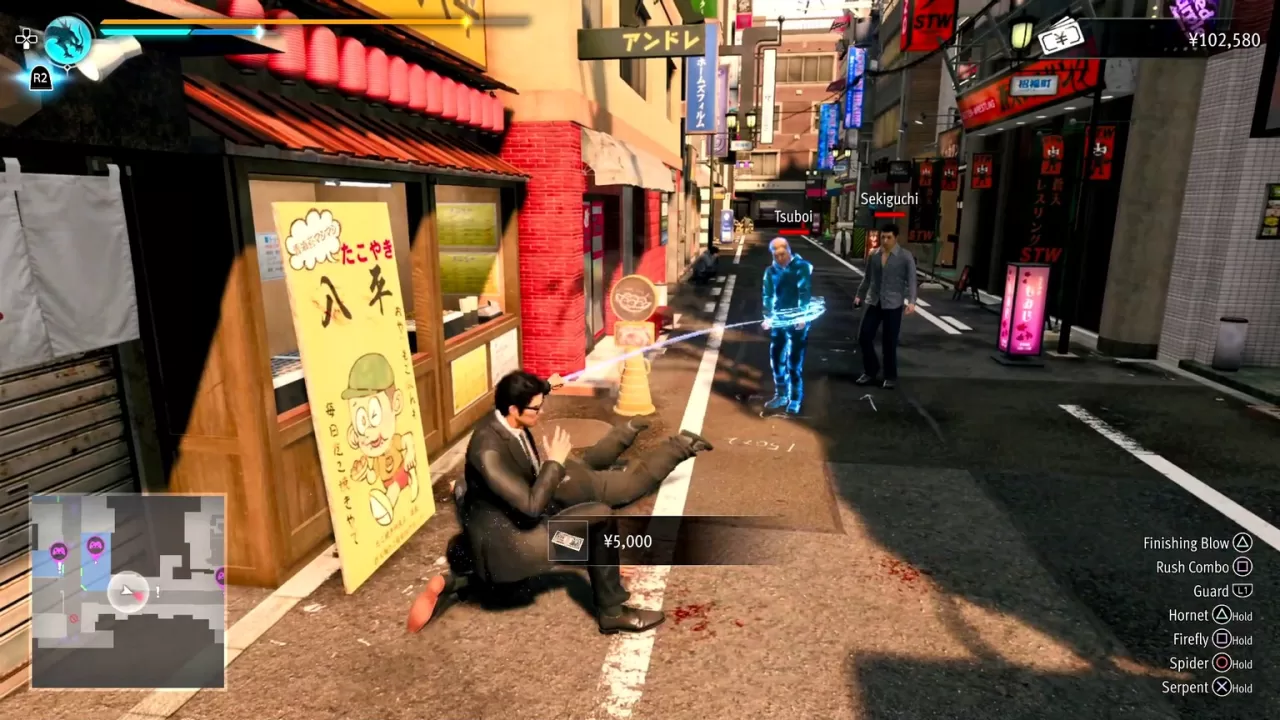
Like most Yakuza titles, Like a Dragon Gaiden provides a familiar gameplay of switching fighting styles, heat actions, and utilizing the many objects within the environment as weapons in battle. As an agent this time around, Joryu is equipped with various gadgets that aid him in his fights in classic undercover spy fashion. These are: Spider (a handy cable to drag or to tie up enemies), Hornet (drones that can aid in attack or defense), Firefly (a nifty bomb disguised as a cigarette), and Serpent (shoes that can speed up). His dual combat styles, Agent and Yakuza, allow the players to experiment between a faster approach that is good against numerous enemies versus a slower but stronger form for an individualistic, more bruising beatdown.
I prefer using the Agent combat style in most battles since encountering gangs of thugs is still prevalent in this game. Nothing beats the satisfaction of defeating numerous enemies all in one go! However, I would like to point out that playing in Beginner mode may cause you to [somewhat] lose control in switching your preferred combat styles. The Beginner mode entails a special assist feature, to which the AI of the game determines the best style suited for the situation. So even if you change your combat style, it may still automatically revert since the AI deems the other to be the much better option.
Nonetheless, playing in Beginner mode can be pretty advantageous, since it sometimes automatically activates counterattacks and Heat actions as necessary. It’s beneficial if you’re simply playing to progress with the story and are not in the market for sudden frustrating enemy encounters. Speaking of Heat actions, I find them and Joryu’s fighting skills to be a bit more limited in this installment. It is possible to complete all of the unlockable skills in your first playthrough, as long as you spend time grinding and earning money to activate and level up these skills.
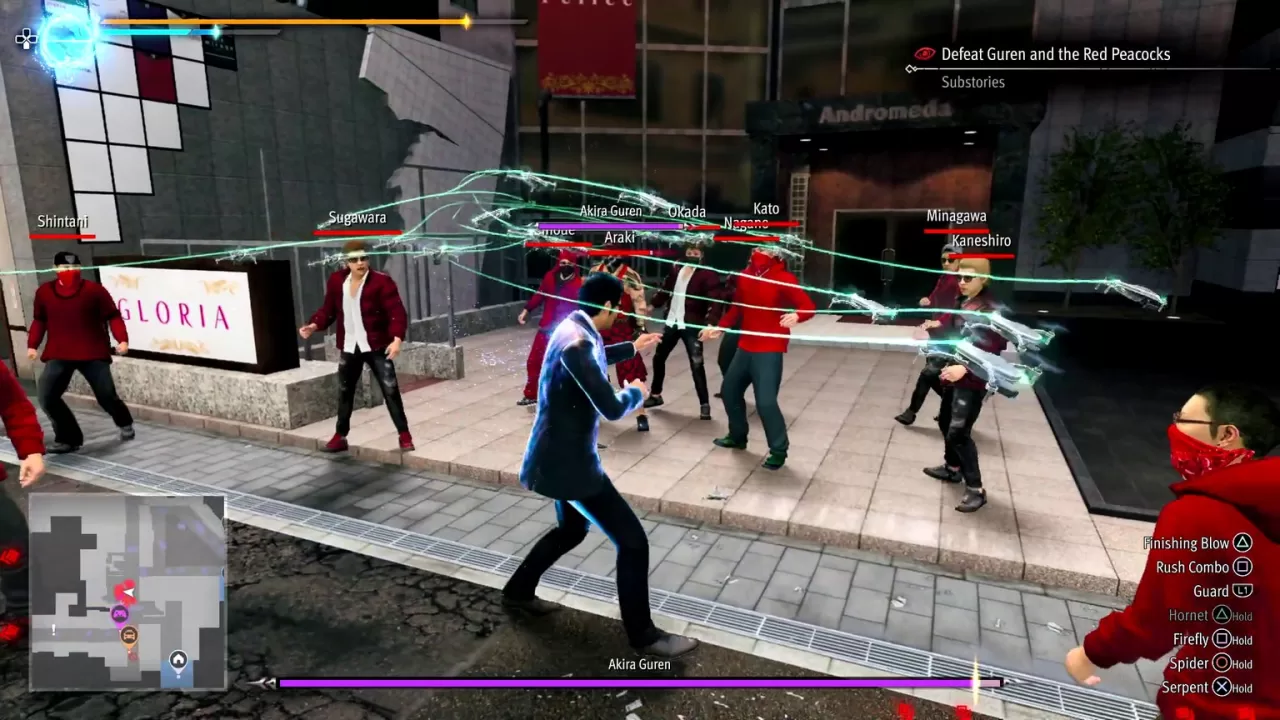
Playing as an agent with all the nifty gadgets is a refreshing and entertaining experience. No longer will you constantly search on the ground picking up random objects to fight with, because you have an arsenal of super agent gadgets to help you. Certainly, you can still pick up weapons here and there (or even pull them off the enemy with your Spider cable), but knowing that you already have an endless stock of flying drones and cigarette bombs is a relief and an added assurance. Switching fighting styles is also smooth and effortless in this game, considering that I played on PC with a gamepad/controller.
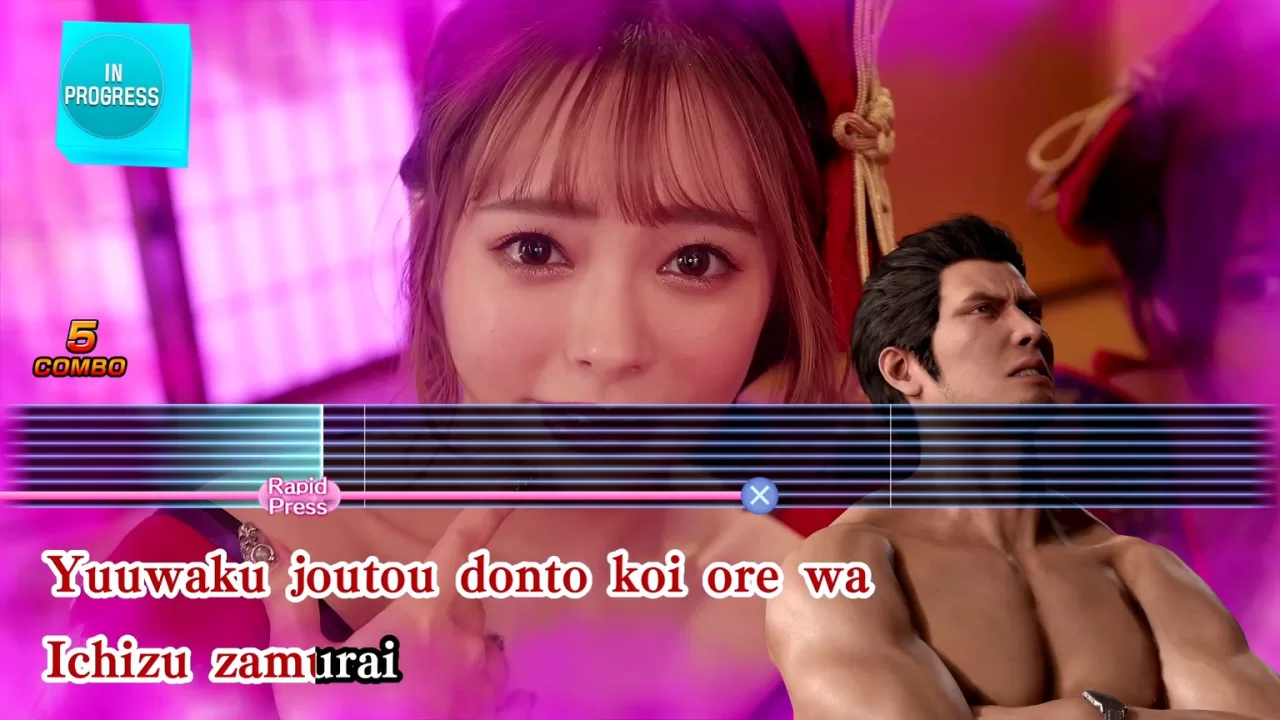
A myriad of sidequests is ever-present in Gaiden, and it is an arduous task juggling all of them. From karaoke, cabaret, shogi, and up to the classic Pocket Circuit races—there’s a lot to be done in this game. Despite only having a few chapters in the main story, the sidequests will provide you with much entertainment.
The most challenging and time-consuming sidequest for me were the Coliseum fights present in the infamous Castle, an adult amusement park where only the rich and well-connected can indulge in various vices and desires. These include gambling and fights to the death in the Coliseum where aside from fighting solo, Joryu can engage fellow participants in Hell Team Rumble fights.
Coliseum fights are the quickest way to earn a lot of money in my opinion, provided you are patient (and rich) enough to level up your team members. Fighting in tournaments can also unlock new recruits for your team in the long run. I find building and customizing the best team in each Hell Team Rumble fight enjoyable. It can be meticulous, but it’s entertaining to mix and match the best recruits in accordance with the type of enemies in each fighting round.
I have to advise in grinding and leveling up your team members so you may have more leeway in gaining higher grades or ranking after each fighting round—which also means more money and more fans so you can recruit better teammates. The Coliseum fights also provide an opportunity to be able to play numerous characters (even DLC ones). This makes the whole LAD Gaiden experience all the more stimulating.
Great Visuals
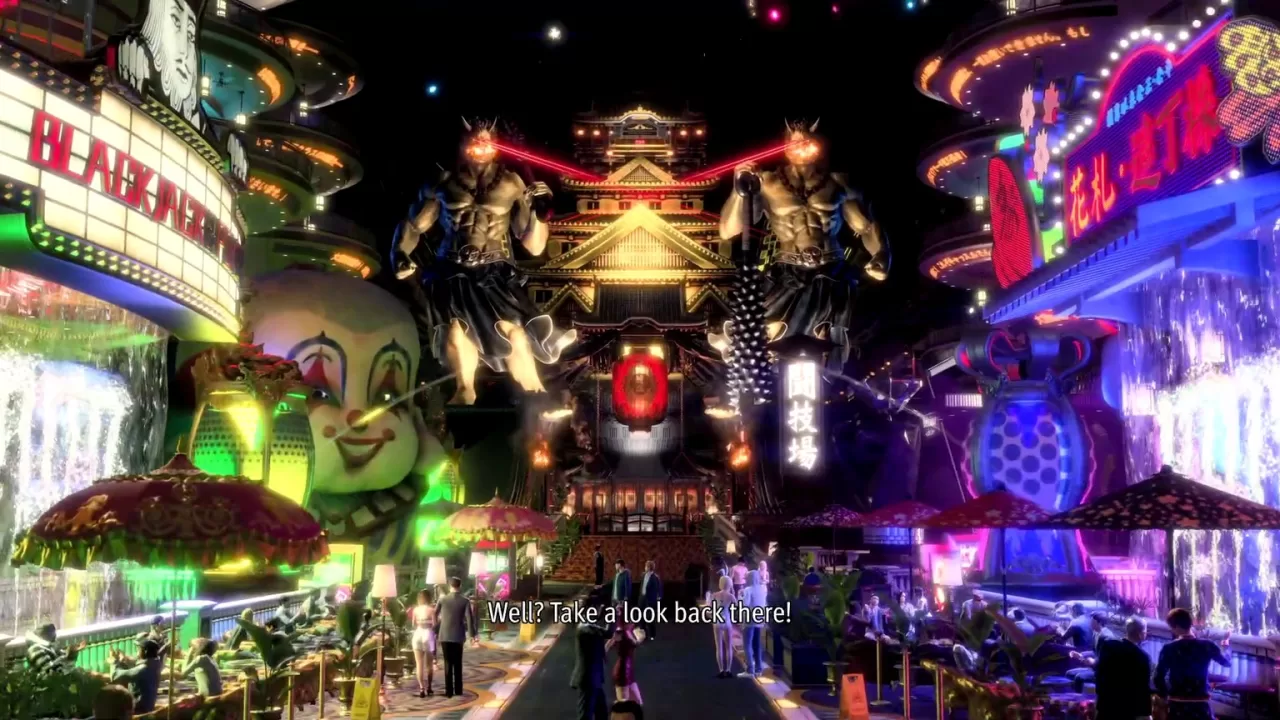
The visuals are great in this game, especially during the cutscenes. Skin pores, objects, and environmental textures, plus the overall ambiance in-game are exemplary and pleasing to look at. Even if I cranked down the PC graphics to medium, the visual quality did not dwindle. I am grateful that RGG Studio has maintained such an impressive quality here similar to their recent release of Like a Dragon: Ishin! Using the camera/selfie mode in-game showcases the incredible textured graphics, making the whole experience of exploring Sotenbori and the Castle even better.
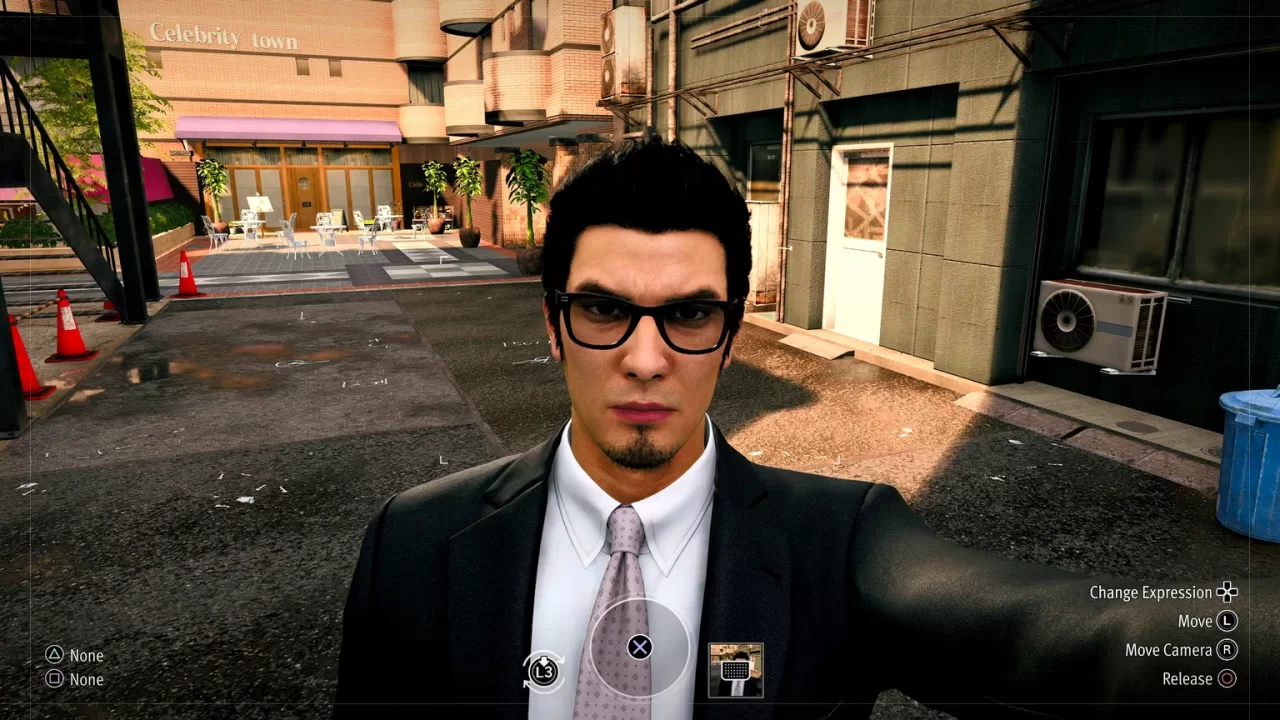
I would also like to point out that I am charmed with how the game approached their cabaret sidequest. Aside from the incredible star-studded casting, the actual real-person recordings of the hostesses brought a much more intimate experience. I recommend playing this game on a console paired with a bigger screen or TV; to greatly appreciate the visuals in all its high definition glory.
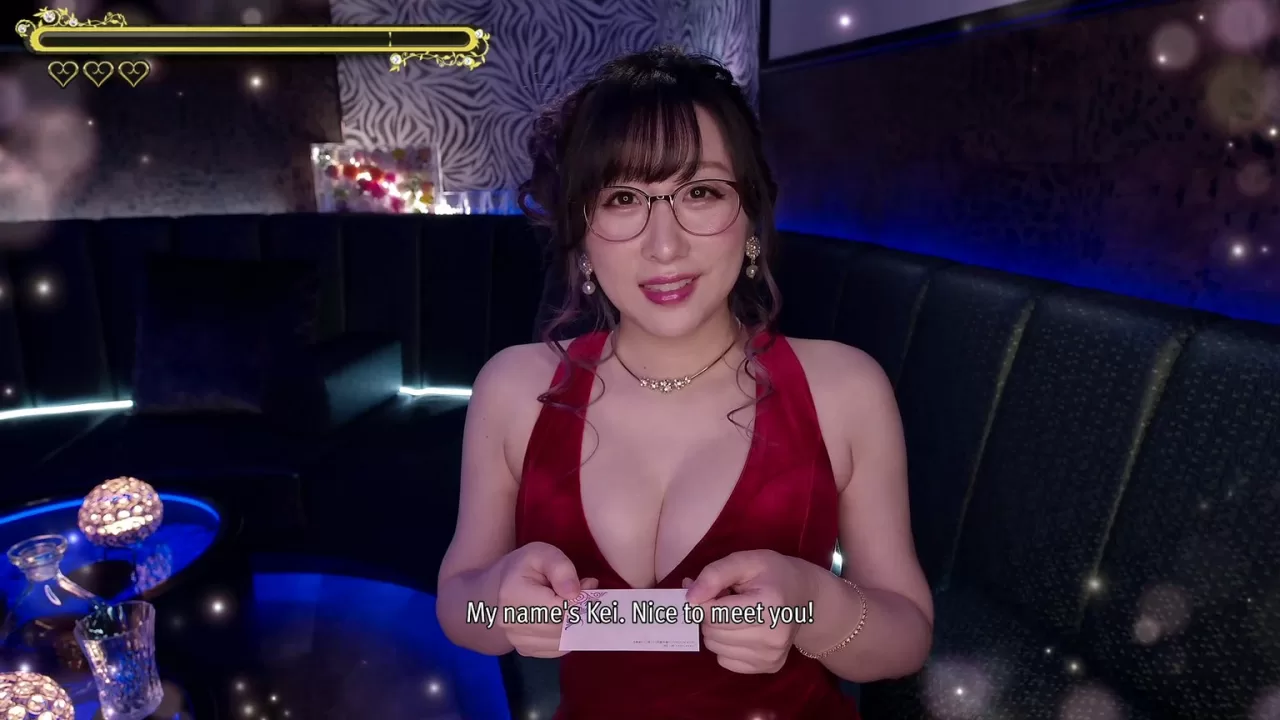
This applies especially when you’re customizing Joryu’s agent and Coliseum outfits in the Castle Boutique. Seeing our iconic agent/ex-yakuza strut the runway preview hits differently on the big screen. You will be able to observe the intricate textures of his textile coordinate, the smooth makeup, and even the shine on his glasses and shoes even better.
Like a Dragon Gaiden Final Verdict: 9/10
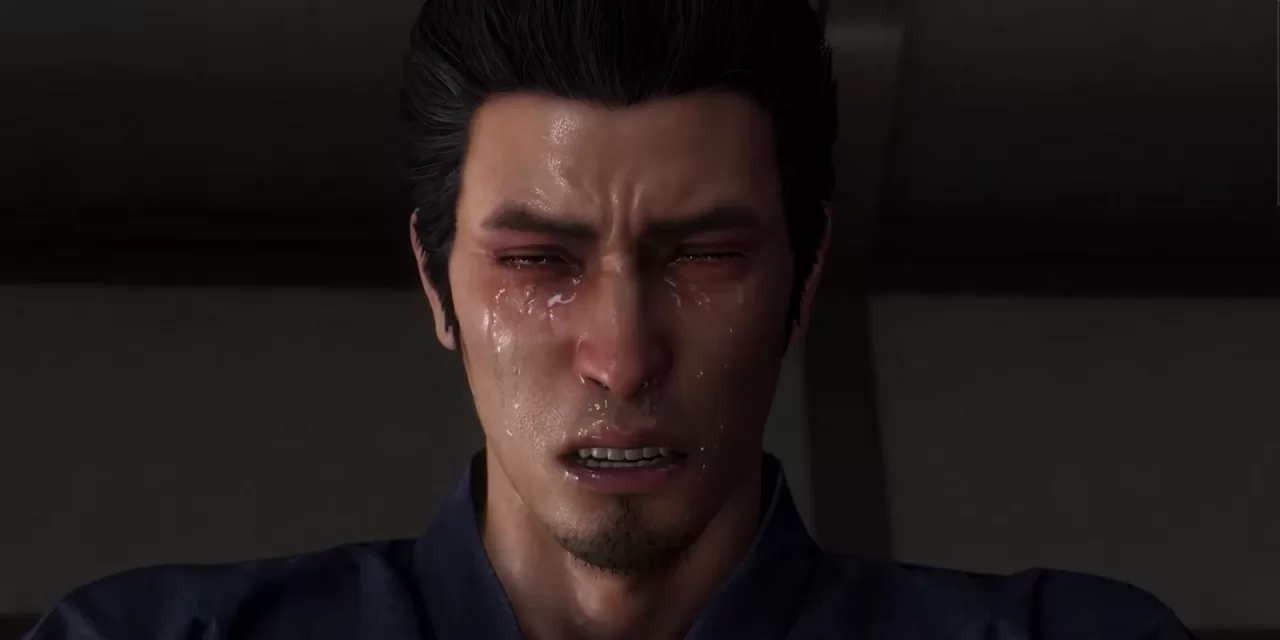
Like a Dragon Gaiden: The Man Who Erased His Name adds an emotional turning point to the series; so much so that it will leave a mark–in both heart and soul–on how Kiryu’s characterization has developed throughout the franchise. It’s something that has been expected from the pre-release trailers, but to see it personally in-game was a wholly different affair.
Story-wise, I’d say it’s short and clear-cut, but downright fulfilling. Harrowing, but utterly bittersweet. It’s a good installment to clear questions and curiosities from the interspersed plotlines of the other games. On another note, I can agree that this installment is welcoming to new fans who want to try their first Yakuza gameplay. I say ‘gameplay’ only, because lore-wise, LAD Gaiden does not provide much on the history of the series. I feel it is still better for new fans to begin with Yakuza 0.
Nonetheless, this game is a must-play, must-not skip. This game will not only rejuvenate our appreciation for Kiryu Kazuma aka Joryu, but will also further excite us in the next installment in the franchise–Like A Dragon: Infinite Wealth coming next year.



